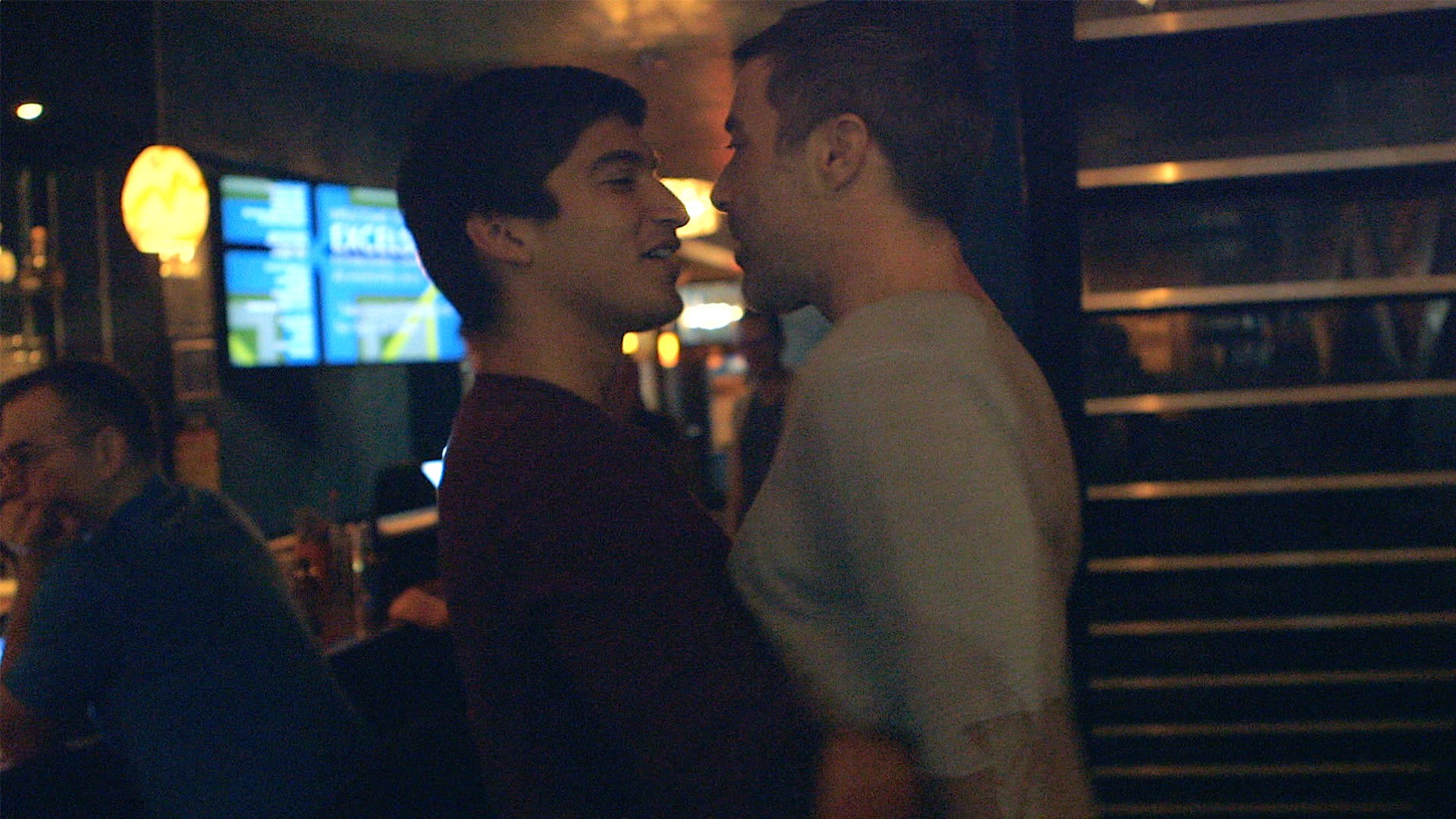Alexey Kuzma/Stocksy
As a sex researcher, I’ve found that sexual orientation is a far more challenging topic to study than I initially thought it would be. This is due in large part to the fact that the sexual identity labels people adopt don’t always line up with their actual sexual behaviors.In particular, I’ve discovered that there are a lot of people out there who say they’re straight, but who report having had partners of the same sex. I’ve even seen some studies in which straight-identified people with a history of same-sex experiences outnumber all non-heterosexual identities combined.Why is that? Who are all of these straight people who are having gay sex? While it might be tempting to say that these people are all secretly gay or bisexual and just living in the closet, a new study published in the Archives of Sexual Behavior suggests that this would be a vast oversimplification, and that there are as many as six different types of people who identify as straight but still have same-sex experiences.This conclusion was reached on the basis of a large study of more than 24,000 students from 22 different US colleges and universities. Students were surveyed in detail about their most recent hookup (if they had one). A total of 14,630 students described a recent hookup experience, of which 5 percent (695 hookups) involved a same-sex partner. This subgroup was the focus of the study.Of those who reported a same-sex hookup, 12 percent of men and 25 percent of women identified as heterosexual. A statistical analysis was performed to cluster these individuals into groups based on shared characteristics, and the results pointed to the following categories.The first and largest group among them were those who were characterized simply as wanting more. These were people who really enjoyed their hookup and who, for the most part, would like to have a romantic relationship with their partner. This group was the most likely to have had prior same-sex experience and the least likely to have been drunk. It’s probably fair to think of these folks as being in early stages of coming out as gay or bi.
More from Tonic:
The second group was described as drunk and curious. Nearly three-quarters of these students had been binge drinking beforehand, very few reported prior same-sex experiences, and, overall, they had pretty liberal views on sex. However, they didn’t enjoy the experience quite as much as the first group (though they still liked it overall) and almost none said they wanted a romantic relationship with their partner. This group was really just about getting tipsy and experimenting.The third group was described simply as having little enjoyment. The vast majority of them said they didn’t like the experience at all. Unlike the first two groups, though, most people in this group didn’t have genital contact with their partner and limited their activities to kissing and touching only. In other words, they didn’t take things very far because they just weren’t feeling it with that person.The fourth group consisted of people who engaged in same-sex activity for show and attention. All of the people in this group were women who hooked up with other women at social events where others could see them. Most had been binge drinking, limited their activities to kissing and touching, and had no prior same-sex experience. “Performative bisexuality” would be another way to describe this—they were putting on a little show, maybe to get some attention or turn someone else on.Next was the loved it, but highly religious group—these were people (mostly women) who really enjoyed their hookups, but appeared to have strong religious beliefs that don’t mesh with adopting a gay or bisexual identity. They were quite similar to the “wanting more” group in their enjoyment of the experience, as well as in their desire for a relationship with their partner. However, the difference was that most of these people attended religious services on occasion and said that their religious beliefs informed their sexual views.Finally, and related to the previous group, there was the just not who I can be group, which consisted of people (mostly men) who were in near universal agreement that homosexuality is always wrong. This group was the most politically conservative and, for the most part, based their sexual attitudes on their religious beliefs. They didn’t enjoy the experience nearly as much as the other religious group and relatively few said they wanted a relationship. (This group calls to mind news reports of homophobic politicians embroiled in gay sex scandals.)As you can see, self-identifying straight people who participate in same-sex hookups come from a diverse set of backgrounds and vary considerably in how they feel about their experiences. Given this variation, it seems logical to conclude that a heterosexual identity is probably more likely to persist in some of these folks than others.Specifically, the groups most likely to transition identities in the near future are probably the “wanting more” and “drunk and curious” people, given that they generally enjoyed the experience and didn’t seem to be dealing with religious conflicts. By contrast, the other four groups would probably be more likely to retain their heterosexual identities going forward, at least for a while. It’s possible that they might eventually change, though, depending on their future experiences and how their attitudes and social environments evolve.These findings tell us a few important things. First, those who study sexual orientation miss a big part of the picture when they focus exclusively on sexual identity. It’s wise not to make too many assumptions about sexual behavior based on a given identity label. Second, not everyone who identifies as straight and engages in same-sex behavior is in the closet. Indeed, there appear to be a complex set of factors and motivations underlying this phenomenon, and not all of them are equally likely to signal a future shift in sexual identity.Justin Lehmiller is a research fellow at The Kinsey Institute and author of the blog Sex and Psychology. His latest book is Tell Me What You Want: The Science of Sexual Desire and How It Can Help You Improve Your Sex Life. Follow him on Twitter @JustinLehmiller.
Advertisement
Advertisement
More from Tonic:

The second group was described as drunk and curious. Nearly three-quarters of these students had been binge drinking beforehand, very few reported prior same-sex experiences, and, overall, they had pretty liberal views on sex. However, they didn’t enjoy the experience quite as much as the first group (though they still liked it overall) and almost none said they wanted a romantic relationship with their partner. This group was really just about getting tipsy and experimenting.The third group was described simply as having little enjoyment. The vast majority of them said they didn’t like the experience at all. Unlike the first two groups, though, most people in this group didn’t have genital contact with their partner and limited their activities to kissing and touching only. In other words, they didn’t take things very far because they just weren’t feeling it with that person.The fourth group consisted of people who engaged in same-sex activity for show and attention. All of the people in this group were women who hooked up with other women at social events where others could see them. Most had been binge drinking, limited their activities to kissing and touching, and had no prior same-sex experience. “Performative bisexuality” would be another way to describe this—they were putting on a little show, maybe to get some attention or turn someone else on.Next was the loved it, but highly religious group—these were people (mostly women) who really enjoyed their hookups, but appeared to have strong religious beliefs that don’t mesh with adopting a gay or bisexual identity. They were quite similar to the “wanting more” group in their enjoyment of the experience, as well as in their desire for a relationship with their partner. However, the difference was that most of these people attended religious services on occasion and said that their religious beliefs informed their sexual views.
Advertisement
